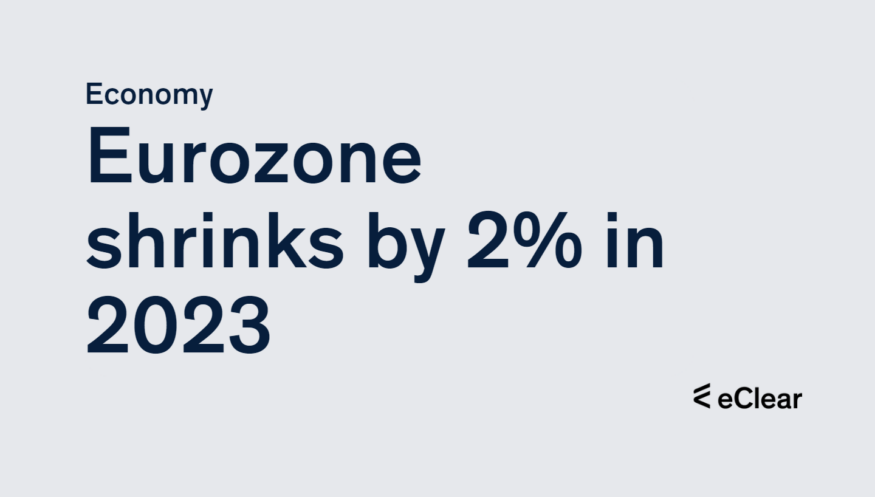In addition, global growth is expected to slow to 1.2% in 2023. This was stated in a note by economists Robin Brooks and Jonathan Fortun. Adjusted for base effects, this is as weak as in 2009.
“The magnitude of the coming decline in global GDP depends predominantly on developments in the war in Ukraine,” the analysts write. “We expect the fighting to drag on until 2024 as the conflict is ‘existential’ for Putin.” The slowdown will be led by Europe, which has been hit the hardest by the war, according to the IIF. It said that the eurozone economy would contract by 2% after a sharp drop in consumer and business confidence. For the US, the IIF expects GDP to rise by 1%, while Latin America stands out positively with growth of 1.2% as commodity exporters benefit from high food and energy prices.
Debt falls, but interest costs will rise, says IIF
Next year’s biggest driver of the global economy will be China – assuming an easing of COVID-19 restrictions. Brooks, the IIF’s chief economist, was among the first to call for the euro to reach parity with the dollar in January 2022. He also correctly predicted the recovery of the Brazilian Real ahead of most others.
Source: bloomberg.com







